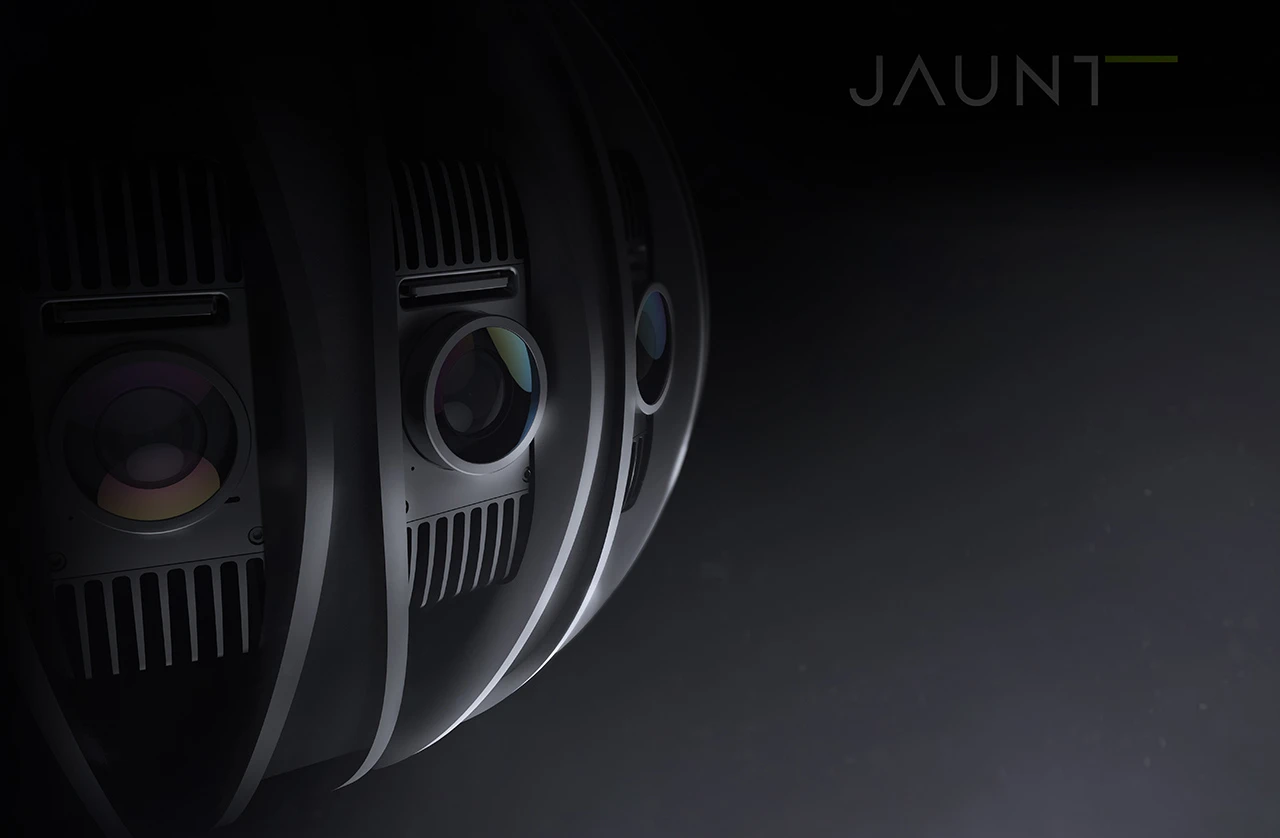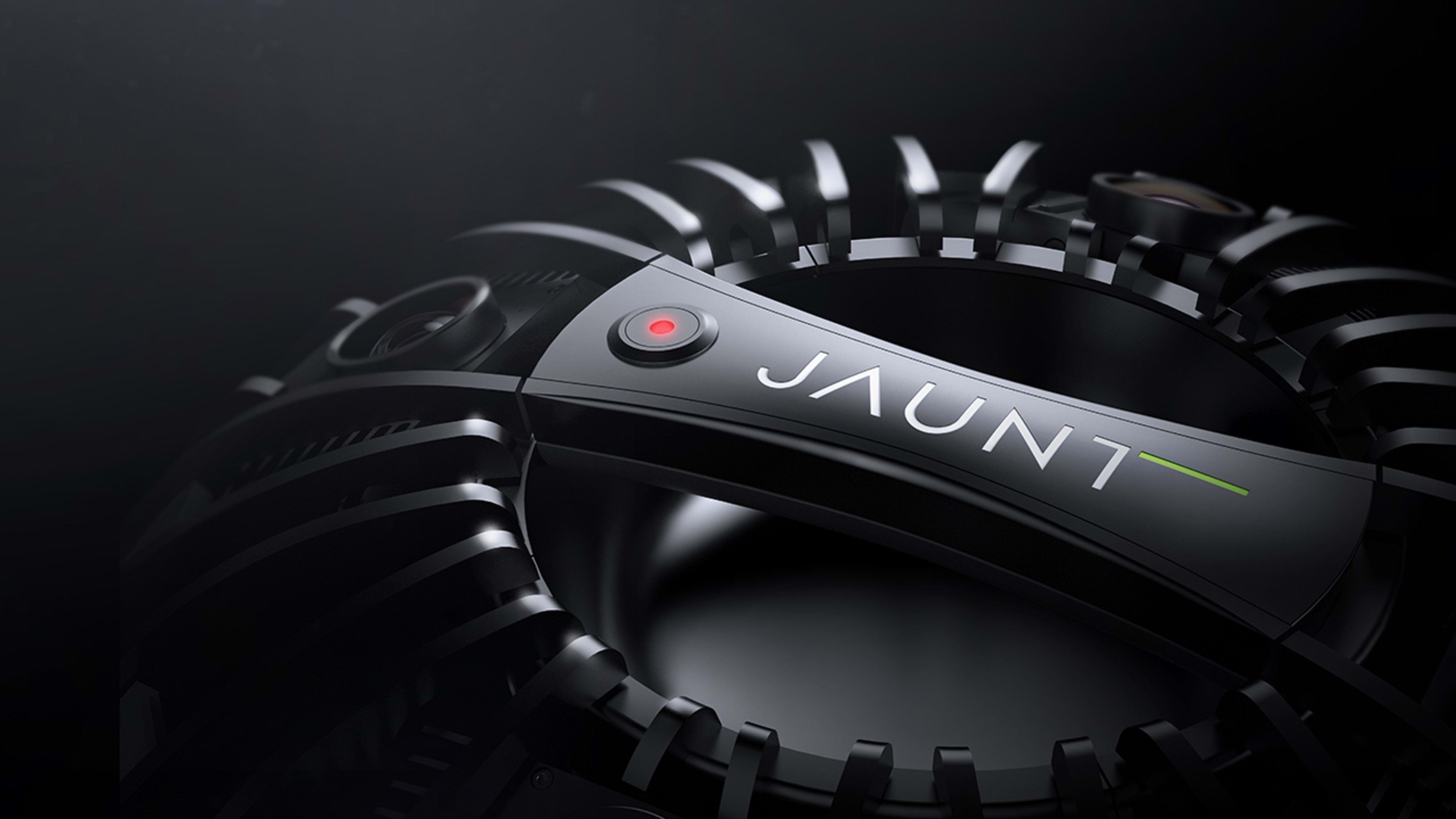Attention professionals interested in making virtual-reality films: The first camera purpose-built from scratch to do the job may finally be here.
Today, Jaunt VR, a Palo Alto, California-based startup, unveiled what it said is the world’s first pro-grade camera designed from the ground up to shoot cinematic virtual-reality content.
Called the Neo, it is meant to be used in conjunction with Jaunt’s existing hardware and software VR film production system, and supplants the company’s previous-generation camera–which was essentially a heavily modified set of GoPros with a special casing.

Jaunt is hoping to become the platform of choice for the filmmakers, advertisers, entertainers, and others who are increasingly producing videos and movies using 360-degree virtual reality. Among those who have used the company’s technology are musician Paul McCartney, film director Paul Feig (Bridesmaids, Spy), and The North Face apparel company.
The Neo comes at a time when cinematic VR is gaining a bigger foothold across a variety of industries–it’s been used to shoot everything from concerts to adventure sports to short narrative stories. After April’s catastrophic earthquake in Nepal, a dramatic VR film shot by the media company RYOT and narrated by Susan Sarandon showcased the medium’s storytelling potential by letting viewers see the impact of the disaster on the Himalayan nation.
The Neo hopes to make VR even more accepted, and is designed with a wide range of pro-level features including a large-format, high-speed image sensor that can shoot in low light, and the ability to shoot in slow motion. These bells and whistles already have some professionals eagerly anticipating the camera.
“I’m excited,” said Christina Heller, the CEO of VR Playhouse, which produces short virtual-reality films. “We will definitely use [the Neo] if it delivers what it’s promising. I feel like if there’s a company that can pull it off, it might be Jaunt, because they have a lot of money, and they’ve been working on this for a long time.”
VR Playhouse is in the process of finishing up a short-VR-film series called First Person, and Heller said the company has been looking far and wide for a top-notch, camera-software combination.
“Making 360 [degree] video, especially premium, high-quality 360 [degree] video, is a challenge,” Heller said. “It takes so long, and it’s just a giant pain . . . So far, we haven’t seen, haven’t put our hands on and tried, a solution that is real.”
Last month, at its annual developers event, Google announced plans for its own VR camera system. Heller was enthusiastic about that technology as well, but said at the time that she was concerned it lacked the ability to shoot anything going on above or below it.
By comparison, she said, the new Jaunt camera offers full 360-degree coverage.
Although they are both offering VR filmmakers camera systems, however, Google and Jaunt are not competitors in every aspect. Earlier this month, the two companies announced a collaboration in which Jaunt will produce cinematic VR content for Google’s platform.
Not A Camera Company
Notwithstanding the fact that Jaunt is announcing its all-new VR camera, Arthur van Hoff, the company’s CTO and founder, said it isn’t actually a camera company.
Jaunt fashions itself as much more a platform, and sees the camera as just one new piece in its end-to-end system. That system includes Jaunt Studios, a Los Angeles-based production studio available to promising VR filmmakers.

At the same time, Van Hoff said Jaunt has no plans to sell the Neo. Instead, it will rent or lease the cameras to filmmakers when they become available this summer. Jaunt will make as many as 100 Neos by next year, all of which will be available to the company’s filmmaking partners.
High Design
Function is one thing, but form is another. Looking to avoid the “cobbled-together” look of previous camera incarnations, the Neo was meant to convey high design, all the better to appeal to professionals.

Jaunt commissioned San Francisco’s Lunar to come up with the Neo’s industrial design, which Van Hoff said is key to the company’s image moving forward.
It was important that the camera have an “iconic design,” according to Van Hoff. “Because this camera’s going to be on stage with a lot of artists, and on the field [during sporting events]. It’s going to be very recognizable. Keep your eyes peeled. I think it going to be on TV [a lot] this year.”
Recognize your brand’s excellence by applying to this year’s Brands That Matter Awards before the early-rate deadline, May 3.
